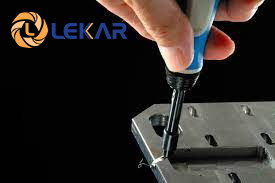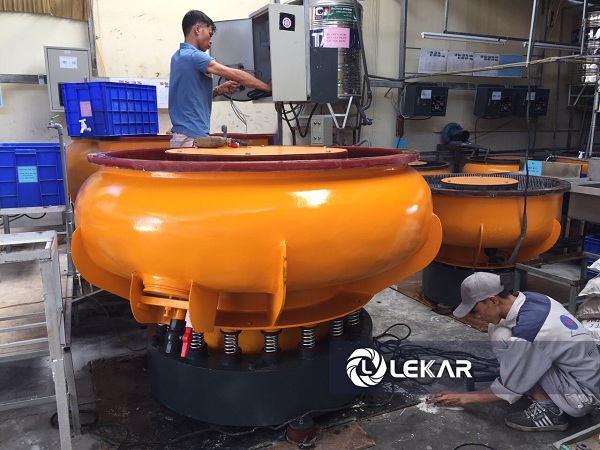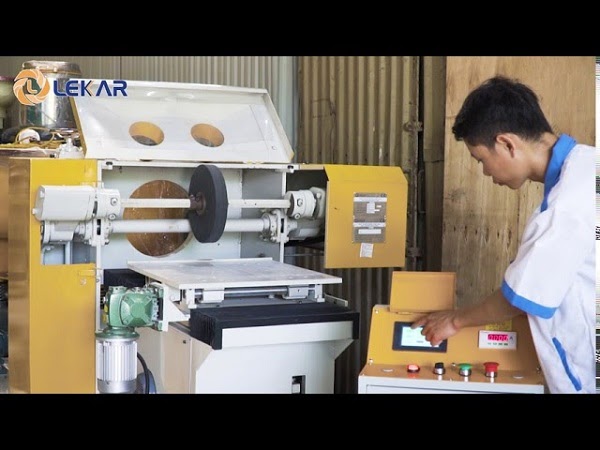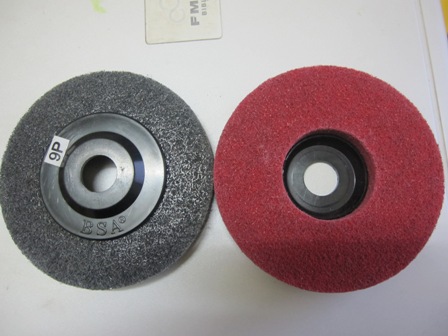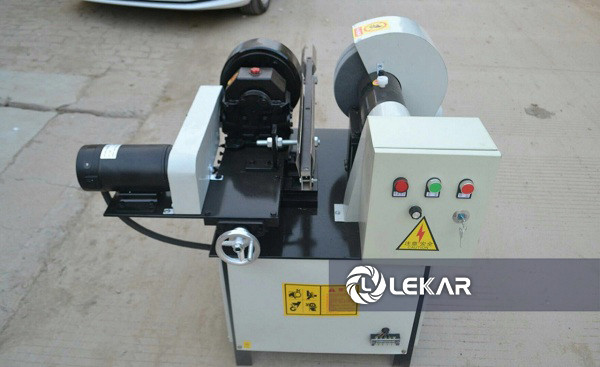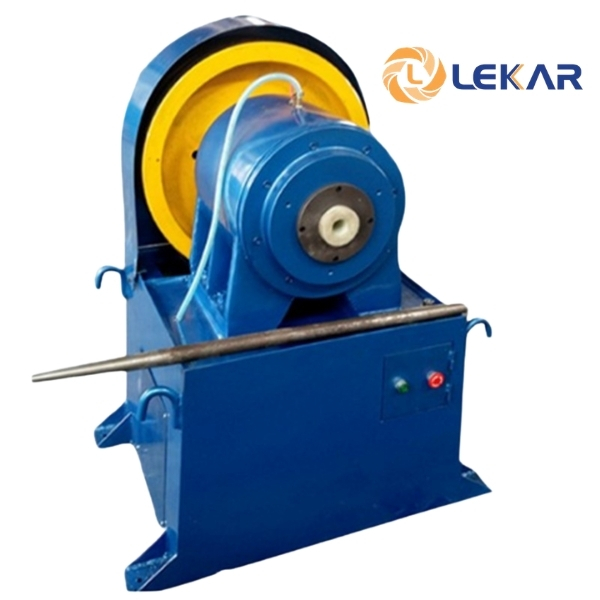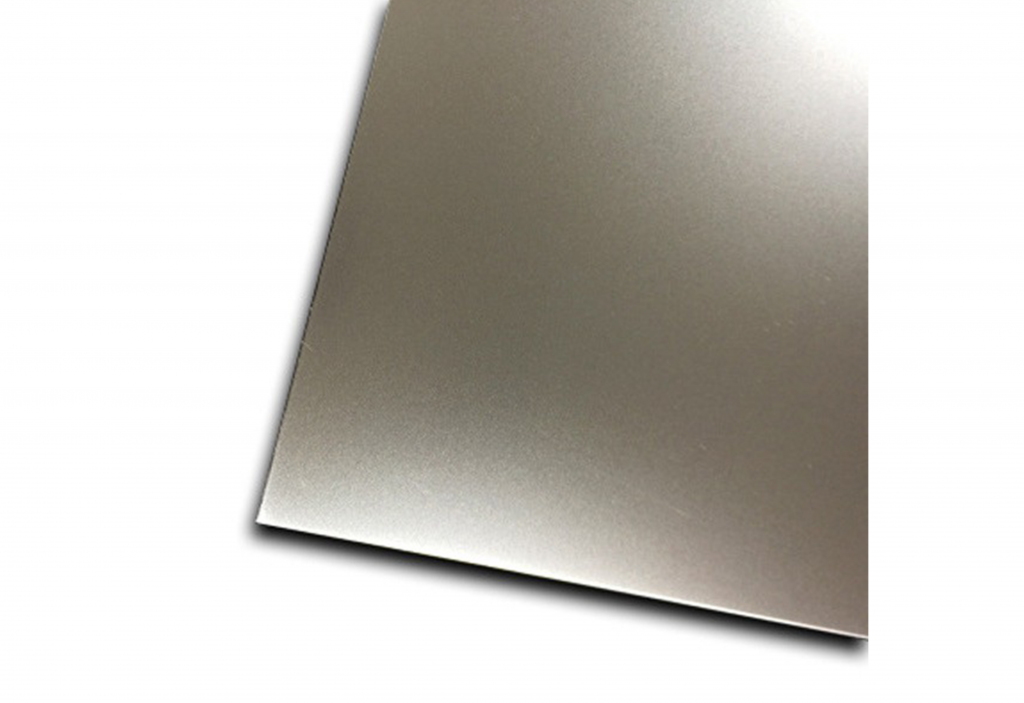Methods for deburring metal surfaces easily and quickly are a major concern for many machining facilities to ensure products achieve smoothness, safety, and high aesthetics. During stamping or cutting, metals often generate burrs – sharp, excess edges that not only feel rough to the touch but also pose potential hazards in use. Proper deburring does more than just remove sharp edges; it also improves quality and enhances product value.
This article will guide you through practical methods for deburring metal on various surfaces in a simple, quick, and effective way, suitable for both industrial production and manual processing.
What is a burr?
Burr refers to the excess metal and sharp edges formed during the processes of stamping, cutting, or shaping metal.
For example, after stamping the handles of pots or molds for spoons and forks, the edges around the product are usually sharp and feel rough to the touch, which is the burr of the product.
Deburring is an essential part of the metalworking and surface finishing process. Deburring has several effects, including:
- Improving the product’s aesthetics
The value of a product’s surface can be diminished if there are burrs left untreated. Deburring ensures the product achieves perfect aesthetics, significantly increasing its value.
- Enhancing product safety
These sharp-edged burrs can pose a danger to users, so it is essential to thoroughly remove burrs, especially from household items or kitchenware such as knives, spoons, and forks.
What is Deburring? Common Methods of Burr Removal Today
Deburring is the process of completely removing or cleaning off burrs using manual labor, machinery, chemicals, etc.The deburring process is almost mandatory for products that are stamped, cut, or shaped. Removing burrs is often time-consuming and may not be thorough. Therefore, manufacturers are always looking for methods to effectively solve this issue. Some common deburring methods today include:
1. Deburring using manual methods
This involves using simple handheld deburring tools. For example, tools with curved blades allow for quick removal of visible burrs. Alternatively, sandpaper can be used to rub the surface and remove burrs. While this is a “trial and error” method, it can be challenging if the workpieces have complex surfaces or hard-to-reach areas. Additionally, it may not be feasible for large parts or parts made from difficult-to-process materials.
2. Deburring metal using machinery
Using metal deburring machines is an advanced deburring technology that helps enhance productivity and product quality.
Currently, LEKAR is implementing two metal treatment methods: vibration technology and mechanical technology.
With vibration technology, we will use several types of machines such as U-shaped vibratory polishing machines, bowl-shaped vibratory polishing machines, rotary polishing machines, and high-speed centrifugal disc polishing machines, combined with coarse materials such as ceramic media, plastic rough media, and specific chemicals (LK-B67; LK-H01). Under the effect of friction and deburring solution, the excess burrs and sharp edges of the product will be worn down and the surface will achieve the desired burr-free finish.
With mechanical grinding technology, we use several types of grinding machines such as the two-spindle grinding machine, the two-wheel grinding machine… with flap wheels and sanding belts of coarse grit to remove the burrs.
Both technologies prove to be highly efficient in saving time, reducing labor costs, and increasing productivity. Replacing human labor with machinery is a smart solution in today’s technology-driven world.
For more information about metal polishing methods, check out the following articles:
Sáp đánh bóng inox – vật tư “nhỏ” nhưng nhiều công dụng đến không ngờ
Cách bảo quản sản phẩm sau khi đánh bóng kim loại nhờ sử dụng dung dịch chống gỉ sét
You can refer to additional information through the video linked below:
We hope that the information shared above helps you gain useful knowledge when choosing the appropriate method for deburring
. LEKAR, with over 10 years of experience in the industry, takes pride in offering high-quality products at competitive prices.
Our solutions, including custom-formulated chemicals and technology transfers, are designed to fit the Vietnamese market.
ADDITIONALLY, LEKAR OFFERS 100% FREE SAMPLE TESTING AND CONSULTATION SERVICES. CONTACT US TODAY FOR THE BEST ADVICE AND SERVICE!
LEKA POLISHING TECHNOLOGY JOINT STOCK COMPANY – LEKAR GROUP
Head Office: No. 11, Louis VII Street, Louis City Urban Area, Xuan Phuong Ward, Hanoi.
Northern Branch: Lai Xa Industrial Cluster, Hoai Duc District, Hanoi.
Tel: 0243 7646469
Southern Branch: Nam Tan Uyen Industrial Park, Tan Hiep Ward, Ho Chi Minh City.
Tel: 02873 033386
Website: danhbongkimloai.com.vn | lekar.vn

